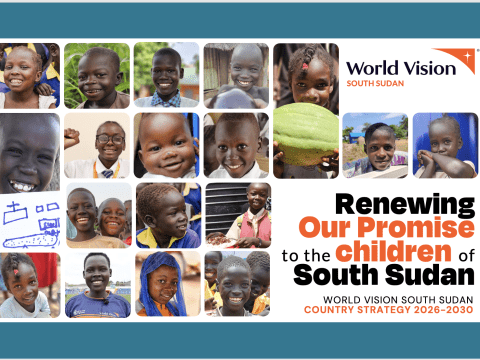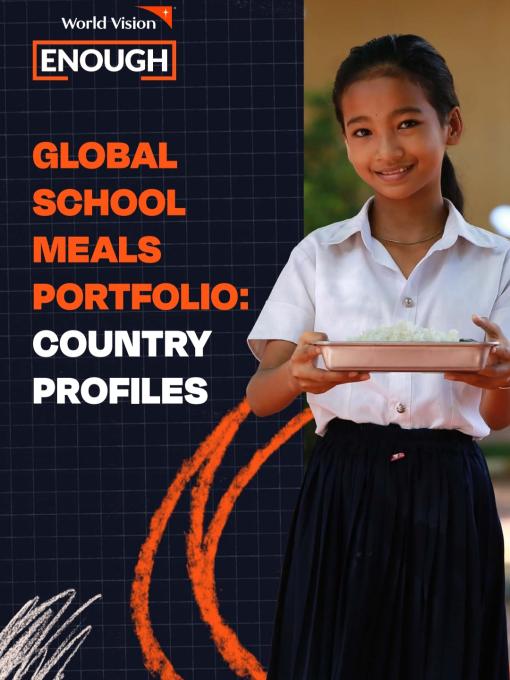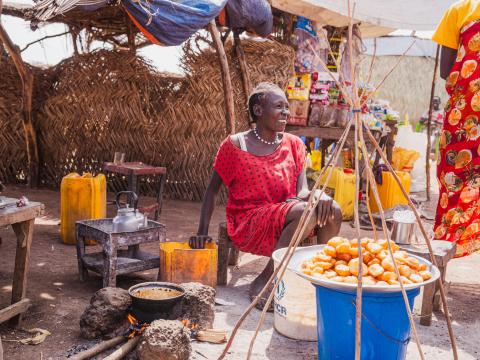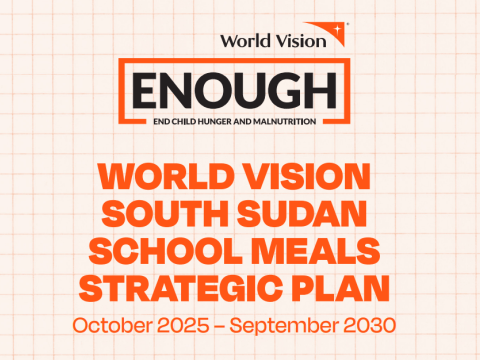Responding to South Sudan's Hunger Crisis - Situation Report 14
Download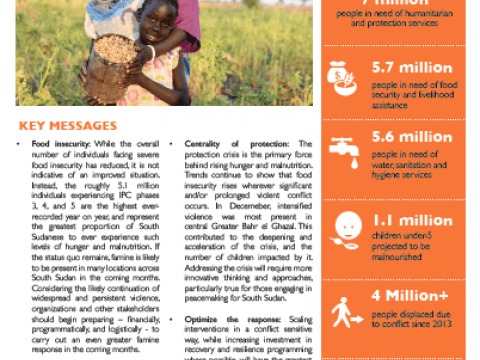
World Vision is responding to a hunger crisis affecting half of South Sudan's population. The situation is concerning:
- Food insecurity: While the overall number of individuals facing severe food insecurity has reduced, it is not indicative of an improved situation. Instead, the roughly 5.1 million individuals experiencing IPC phases 3, 4, and 5 are the highest ever-recorded year on year, and represent the greatest proportion of South Sudanese to ever experience such levels of hunger and malnutrition. If the status quo remains, famine is likely to be present in many locations across South Sudan in the coming months. Considering the likely continuation of widespread and persistent violence, organizations and other stakeholders should begin preparing – financially, programmatically, and logistically - to carry out an even greater famine response in the coming months.
- Economic situation: The deteriorating economic environment plays a significant role in preventing many South Sudanese from reaching their basic food needs. While the inflation rate of the South Sudanese Pound has declined considerably since January 2016, the erosion of individual and household capacity to obtain adequate food consumption levels has thus reduced their overall levels of resilience.
- The protection crisis is the primary force behind rising hunger and malnutrition. Trends continue to show that food insecurity rises wherever significant and/or prolonged violent conflict occurs. In Decemeber, intensified violence was most present in central Greater Bahr el Ghazal. This contributed to the deepening and acceleration of the crisis, and the number of children impacted by it. Addressing the crisis will require more innovative thinking and approaches, particularly true for those engaging in peacemaking for South Sudan.
- Optimize the response: Scaling interventions in a conflict sensitive way, while increasing investment in recovery and resilience programming where possible, will have the greatest impact on South Sudan’s ability to face and bounce back from the numerous vulnerabilities they are currently facing.
- Ongoing displacement concerns: 700 internally displaced people (IDPs) arrived in Nagero County in Western Equatoria from Bazia County in Wau. Partners are monitoring the situation. Meanwhile, IDPs in the Melut Protection of Civilian site have refused to return to their places of origin due to safety reasons.
World Vision continues to respond, providing assistance to people affected by the crisis.
In 2017, we have provided:
- 1.2 million people with health care support
- 822,000 people with food assistance
- 384,000 people with clean water, sanitation and hygiene services
- 214,000 children with nutrition support
- 142,000 people with essential non-food items
- 91,000 people with education and child protection support
